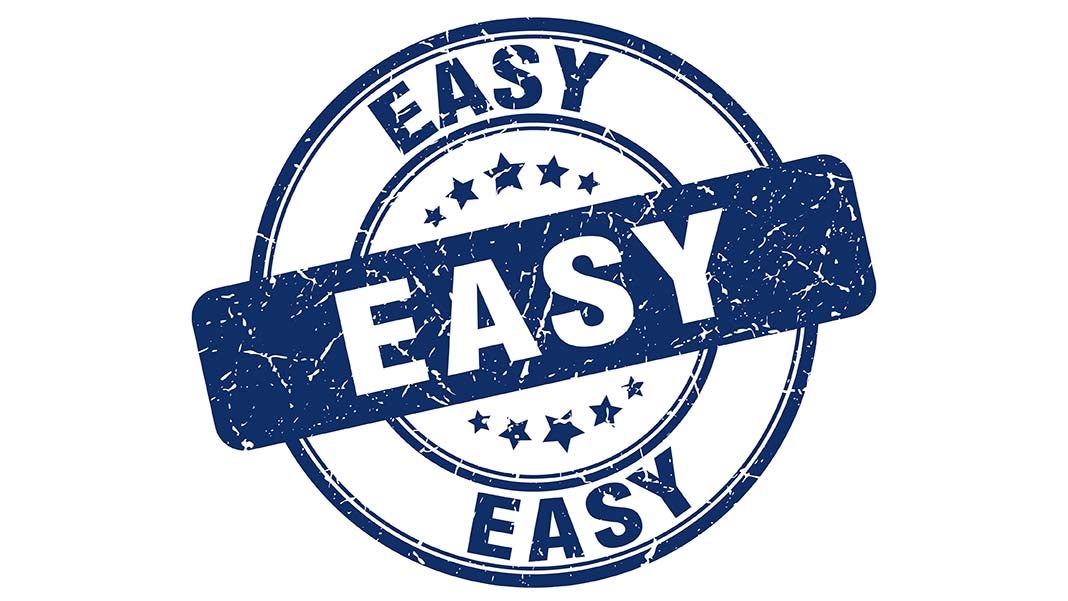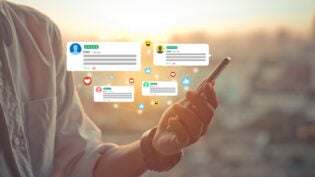Convenience is in the Eye of the Beholder
By: Drew McLellan

I have a message for you from your customers. This is something they want you to know: “I don’t really care how you would like me to communicate with you. I want you to offer me the choice so we can communicate according to my needs. Don’t make me call you. Don’t make me visit your website. Don’t make me send a carrier pigeon. Don’t ask me to make it easy for you. I’m giving you my business so I need you to tailor your communication channels to the way I want to work with you.” Seems simple enough, doesn’t it? And yet most businesses still define how their clients can access them. We create convenience but the truth is, it’s based on what is convenient for us.
I have a friend who was communicating with his bank through the bank app’s chat function. As he was wrapping up the chat, the representative told him that he would need to call the toll free number to accomplish his task. He asked the person he was already dealing with “Can’t you just call me so that I don’t have to start all over again with someone new?” The bank’s rep told him he could not because their chat application is on a different system than their voice system. Bottom line, the customer had to be inconvenienced and frustrated because the bank’s system was dictating how he had to communicate.
A new era of consumer expectations is here and we need to be ready for them. They are more informed and connected. They fully expect to be in complete control when making purchase decisions. How many times do you see people walking through the aisles of a store with a hand-held device so they can comparison shop, check out product reviews and reach out to their social media connections for recommendations in real time?
Having multiple ways for people to contact you (multi-channel) isn’t enough anymore. What your consumers want is the ability to shift seamlessly from channel to channel (omni-channel) without having to repeat themselves at every turn.
Even if you don’t sell a single thing online and don’t list any of your prices on your website, understand how this impacts you. The retail experience is defining what is possible and very soon, B-to-B consumers are going to expect the same seamless transition from channel to channel. Convenience is king.
Don’t think this is something you can ignore based on how you sell. Omni-channel is much more than sales. It is also about delighting your customers in person, connecting seamlessly between in-person conversations via social, mobile and the web on how they want to communicate.
While price will always be a factor, the currency you really need to be mindful of is your client’s time and convenience. If it’s a hassle to communicate with you, it’s just too easy to take for them to take their business elsewhere. According to a recent report from Oracle, customers aren’t giving us much of a grace period before they go to our competitor. The report said that as many as 89% of consumers will begin doing business with a competitor after one poor customer experience and even worse, they will not grant the offending business an opportunity to redeem themselves.
Your first step—ask. Ask your customers how they want to communicate with you. For many businesses, just evolving to a multi-channel solution that allows your clients to define how and when they want to talk to you is a good first step. As you develop your multi-channel solutions, be mindful of the evolution to omni-channel so you can build in the functionality as you take those first baby steps.












